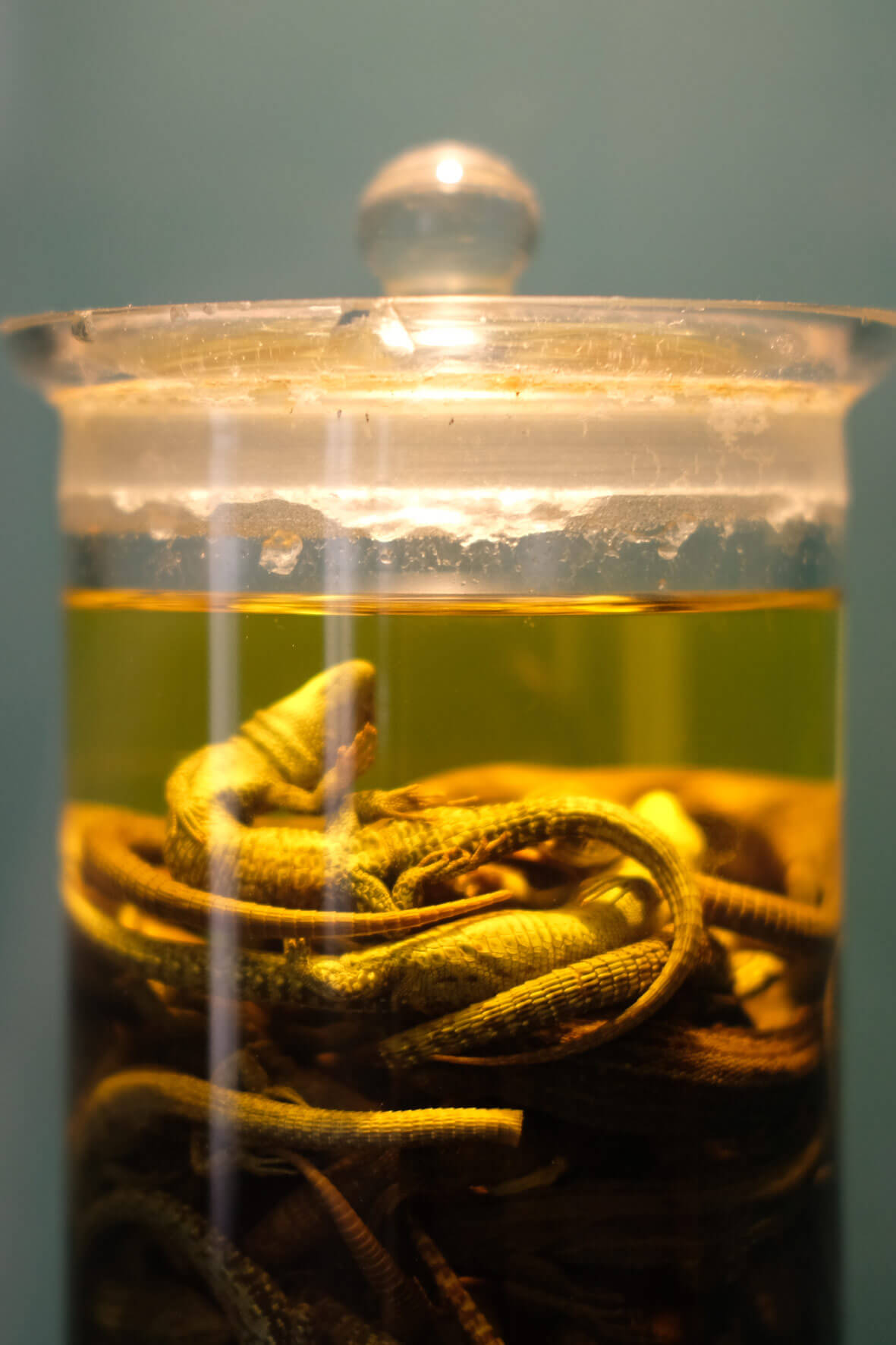This page is also available in Hungarian ›
The DiSSCo consortium in
HUNGARY
The Hungarian Natural History Museum is the only national natural history collection based research institute in Hungary and one of the largest natural history collections in Central and Eastern Europe. The headquaters is in Budapest, but the institute has two affiliates in other cities in Hungary (Zirc and Gyöngyös). Other smaller natural history museums operate only as departments of regional museums.
participating institution
Gábor Csorba
Deputy General Director for Research and Collections, HNHM
hu@dissco.eu
The Hungarian Natural History Museum
The Hungarian Natural History Museum holds more than 11 million specimens including 65000 primary types. This is one of the largest natural history collections in Central and Eastern Europe and particularly valuable considering its reference collection from the Carpathian Basin, Balkans, and Central-, Eastern- and Southeastern Asia. 12,7% of the specimens are databased and 0,6% are fully digitised (imaged) specimens. The scientific staff of HNHM includes 62 researchers, who are also the curators being responsible for the collections.
Participating institutions in
Hungary
Roadmaps
National Funding
The Hungarian Natural History Museum is declared by the maintaining ministry to lead the liaisation of all the activities and the digitisation of the natural history collections in Hungary. National, Development and Innovation Office is resposible for the Hungarian ESFRI roadmap. The HNHM has been negotiating with the office on the way how to get funds. In the Environment section of the roadmap the HNHM is one of the two potential Hungarian institutions which are acknowkledged by the office.
Our achievements
Success Stories
Among others the Hungarian Natural History Museum conducted several collection based studies with immediate societal significance in the last decade. Especially vectors of zoonotic diseases and pollution have been in focus.
Mapping the invasive mosquito species with epidemiological significance, in Hungary has a high priority in light of the present climatic change and their potential in being vectors of tropical or subtropical pathogens. The HNHM constructed mosquito maps in cooperation with the Hungarian National Food Chain Safety Office.
Surveying the presence of various viruses (including the Ebola-related Lloviu virus) in bats in Hungary yielded data of viruses with potential human or animal health significance.
HNHM is a consortium member in the European Raptor Biomonitoring Facility (ERBFacility) COST Action (CA1622), in which preserved bird skins are used to detect changes in heavy metals in the food web in the last century.
Everything on one screen
Collection Dashboard
The dashboard you can see below contains data on the collections of natural science institutions across Europe. Page one shows the approximate number of collections per category for all of the 89 institutes who participated in an initial DiSSCo survey and page two the national contributions to the European collection. The selection boxes allow filtering for country and institutions. The data in this dashboard is populated with information as sent by the DiSSCo partners through an initial survey in November 2017 and should therefore be considered as preliminary. Following that survey, we went through a rigorous process of identifying obvious errors and contacting individuals to correct those. Nevertheless it will probably still contain some errors and information might be outdated. Please contact Niels Raes if you detect any issues so the data can be updated.
If you would like to see a full screen version of the dashboard, please click here.

